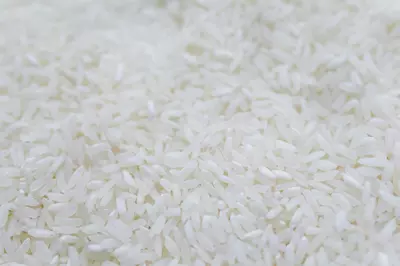 Putting electronics that you've just spilt your coffee all over into uncooked rice in the hopes of drying it out is one of those things that many of us have absorbed as fact in a similar way to what you're supposed to do to ease a jellyfish sting. However, much like the latter example, it appears common knowledge is wrong in this case too.
Putting electronics that you've just spilt your coffee all over into uncooked rice in the hopes of drying it out is one of those things that many of us have absorbed as fact in a similar way to what you're supposed to do to ease a jellyfish sting. However, much like the latter example, it appears common knowledge is wrong in this case too.
It's certainly easy to see how this supposed remedy has its roots in sensible thinking. Rice is very good at absorbing liquids, and if you've just got your iPhone wet, you want to remove that moisture quickly before it damages the internal circuitry beyond repair.
However, Apple have recently released a support document that discourages people from using this approach. The reason why is pretty straightforward - you might end up with small particles of rice in your device which may be just as harmful as the liquid. They also advise against putting the device on a heater and a few other potential things you might think to try.
So what do they suggest doing instead? Maybe try tapping the affected area to remove excess liquid, but otherwise just leave it. Unplug the device from anything it's plugged into, power it down (if it isn't already), and don't touch it for a while. Their specific advice here is:
- Unplug the cable from your iPhone and unplug the other end of the cable from the power adapter or accessory. Don’t plug the cable in again until your iPhone and the cable are completely dry.
- Tap your iPhone gently against your hand with the connector facing down to remove excess liquid. Leave your iPhone in a dry area with some airflow.
- After at least 30 minutes, try charging with a Lightning or USB-C cable or connecting an accessory.
- If you see the alert again, there is still liquid in the connector or under the pins of your cable. Leave your iPhone in a dry area with some airflow for up to a day. You can try again to charge or connect an accessory throughout this period. It might take up to 24 hours to fully dry.
- If your phone has dried out but still isn’t charging, unplug the cable from the adapter and unplug the adapter from the wall (if possible), and then connect them again.
Obviously, Apple's advice is targetted at iPhones, but it's fairly safe to assume that the same rules would apply to Android phones as well.
